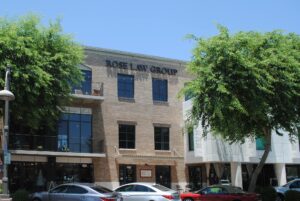By Logan Mohtashami | Housingwire
Economic reports over the Thanksgiving holiday paint a complicated picture of what’s happening, and where we are on recession watch. The big economic surprise was the strength of Black Friday sales, where consumers spent a record $9.12 billion online. Another surprise was the Atlanta Fed’s forecast of 4.3% GDP growth in the fourth quarter, since the Atlanta Fed data was used by many to say that the U.S. went into a recession earlier in the year.
The jobs data, however wasn’t a surprise: the unemployment rate is now 3.7% and jobless claims are still very low historically.
With all the data we now have in front of us, we can say that the U.S. did not go into a recession at the start of 2022. The question now is whether there is a way to avoid the job-loss recession we’re facing in 2023.
The U.S. housing market went into recession in June of this year, which I talked about a few months ago on CNBC. A recession means that sales and production are down. New and existing home sales are falling, along with housing permits and starts, as we have too many new homes for the builders to issue new permits.
The job loss recession is already here in the housing market, and total incomes are falling with less volume in this sector. Although we don’t have this in the larger economy yet, housing traditionally gets weaker into a recession as it is a rate-sensitive sector of our economy.












